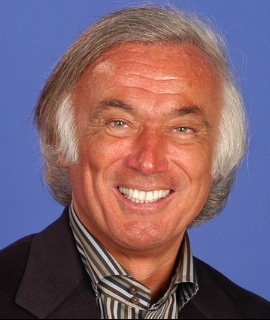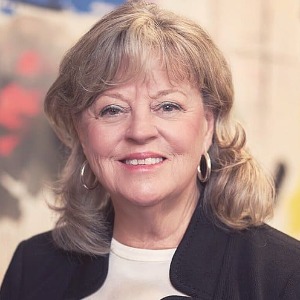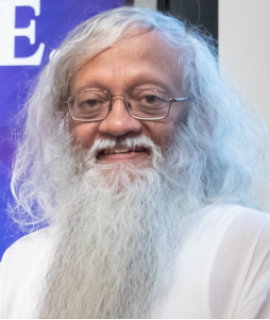10th Edition of International Conference on
Active Musical Encounters
Active Musical Encounters by traditional medicine have long been used to practice and pass down cultural values. The use of music as a healing modality in traditional medicine has been documented for many different cultures around the world, including India, Africa, China, and the United States. Most of the research on active musical encounters focuses on the relationship between music and healing in traditional cultures, and on the healing power of music for both physical and emotional ailments. Active musical encounters are a form of direct intervention wherein participants encourage each other to both create and receive music actively. The main emphasis is on listening and playing music that has been handed down by generations, which is often believed to be a source of healing. There is no single definition of an active musical encounter but it typically includes the use of improvisation, song cycles, interactive performances, chants, and rhythmic/percussion interaction. The effects of an active musical encounter on healing is varied and individual depending on the context of the encounter. Generally speaking, the active exchange of sound and music creates a space for healing to take place. Musicians sing and play together using a variety of instruments in order to tap into their collective resources of healing power. This creates a heightened state of awareness that is conducive to wellness and healing. Beneficial changes can include the alleviation of stress and an increase in positive outlooks and attitude. Studies have also suggested cognitive improvements in memory, learning, attention, and visual perception as a result of engaging in active musical encounters. There have also been reports of improved well-being, increased relaxation, improved concentration, a reduction in negative thoughts, improved posture, and improved empathy and social interaction. In conclusion, active musical encounters are a powerful way to foster healing and encourage cultural bonds between individuals. This can consist of anything from a simple vocal exercise to a large-scale group performance. Through the use of simple melodies, intuitive rhythms, improvisation, and collective participation, the potential of deep healing and transformation is offered to the participants of traditional healing ceremonies.

Kenneth R Pelletier
University of California School of Medicine, United States
Marilyn Allen
American Acupuncture Council, United States


